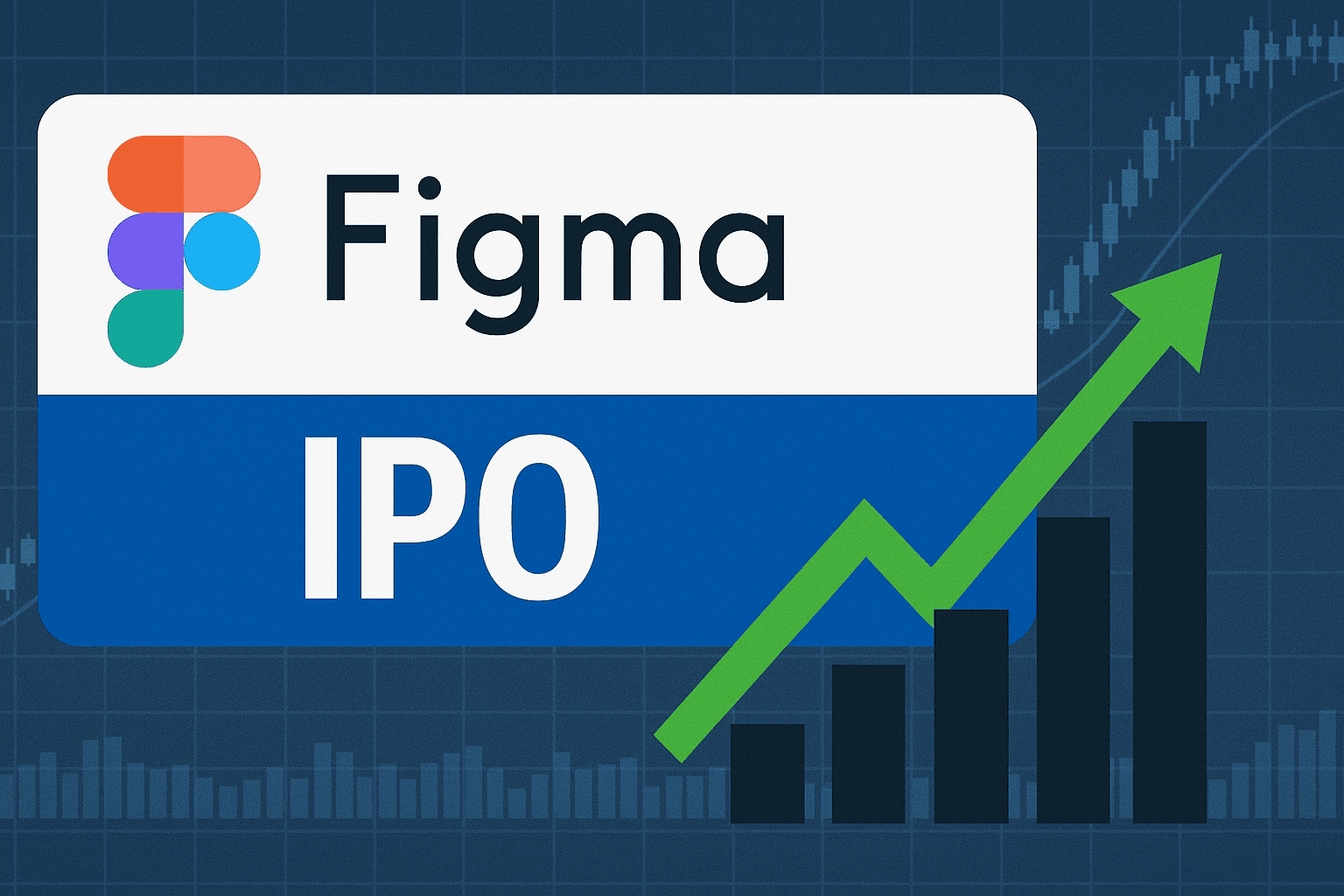Today, we’re exploring the world of investments. We’re going to try to dismantle some of the myths surrounding investing, primarily in Canada. Mainly, we’ll address the lingering reluctance to look past our borders for potential investments.
In this article, we’ll be exploring some reasons why you should consider expanding your reach beyond the small cluster of Canadian companies. With a larger view, it’ll become apparent that the growth potential in global stocks significantly surpasses the offerings from the home country of Canada.
For some colour analysis, we’ve enlisted the help of Ed Rempel, a Canadian-based fee-for-service financial planner. Ed has years of experience with crafting financial plans for individuals and families. Through his blog, YouTube channel, and podcast, he consistently shares valuable financial insights.
Acknowledge the limitations of home country bias
The “home country bias” is a tough one to get past. But it’s important to acknowledge it and, if possible, to set it aside. Like any bias, it can restrict the scope of your vision. In the case of your investments, it can seriously hamper your growth opportunities.
By placing all of your investment eggs into one small Canadian basket, you’re shrinking your financial universe. When it comes to diversification, you should certainly think on a global scale. This perspective will uncover a vast array of possibilities.
“You should never put all of your faith in one thing, diversifying is a key element of investing that’s been discussed for ages,” says Rempel. “There’s a reason why this discussion has remained in rotation.”
Analyzing Canada’s limited sector diversity
“A closer look at Canada’s stock market reveals its limited diversity,” says Rempel. “With a focus mainly on three sectors—materials, financial services, and energy—Canada lacks the diverse market spread of US and global markets. As a result, Canada becomes more akin to a sector-specific fund, ‘emphasizing rocks, trees, and banks’ as the major contributors. This lack of diversification brings forth inherent risks, indicating that the TSX might not be the ideal core holding in a diversified portfolio,” says Rempel.
Canada’s market capitalization and average company sizes are notably smaller compared to the US and global markets. The average market capitalization in Canada is dwarfed by comparison, indicating slower growth and a smaller scale. The historical return rates also reflect this disparity, as the Canadian market trails the US and global markets in growth.
Highlighting home country investment risks
The “home country bias” comes with inherent risks. These are not exclusive to Canada; every country exhibits its own bias and limits its opportunities. One example is the crash in Iceland’s market a decade ago. Shockingly, 80% of local investments were tied to the Icelandic stock market, primarily concentrated in banks and resources. This percentage should seem eerily familiar to Canadians. Our often lopsided approach can leave our investments vulnerable and minimize potential growth.
“While Canada is certainly vast geographically, its investment landscape is significantly smaller than other global markets,” says Ed Rempel. “It’s important to diversify your investments beyond your home country and remain open to broader, more lucrative investment prospects.”
Expanding horizons: global investment strategies
While it may be a commonly held belief that it’s safer to invest primarily in one’s home country, this is actually a misconception. Every company, regardless of its location, has its risks and virtues. The “familiarity bias” often misrepresents the safety of investing in local companies.
“There’s a time and a place to play it safe, but there is such a thing as being too safe when it comes to investing,” says Rempel. “Every company you invest in is going to have potential risks and variants that could make them promising to invest in.”
Comparing Canadian and Australian markets
There are many parallels between the countries of Canada and Australia. Both exhibit similarities in their economic structures, primarily focusing on banks and resource companies. Given these similarities, ask yourself if you’d consider a portfolio with 80% of investments committed to Australian companies. Most likely no, right? So why would you go 80% Canadian?
Exploring fixed-income alternatives
The idea that fixed income is a must-have in investment portfolios might be changing. While Canadian bonds might seem like a safe choice, the uncertainty of foreign bond returns caused by currency changes questions how dependable they are. There are other options beyond the typical fixed-income investments—something we call “Bond proxies.”
“Looking into new strategies, such as selling put options against cash, becomes an attractive alternative to bonds. It provides higher and steadier returns without the typical risks associated with traditional bonds,” explains Rempel.
Debunking the ‘Death of Bonds‘
“Over the last 40 years, we observed what we call the ‘Bond Bubble,'” explains Rempel. “But this unusual period shouldn’t be the sole basis for predicting the future. Looking at long-term historical trends, it’s unlikely that bond returns will continue in the same way we’ve recently seen. Retirement plans relying on balanced portfolios might struggle because traditional bonds might not provide reliable long-term returns. Opting for an equity-based portfolio seems to be a more reliable strategy for planning your retirement.”’
There has been a significant shift or change in the traditional role or viability of bonds within the investment landscape. Bonds have long been considered a staple in investment portfolios due to their relatively stable returns and being less volatile compared to stocks. They are often used as a way to balance risk in an investment portfolio. However, over the years, potential issues such as low interest rates, inflation concerns, market dynamics, and the alternative investment avenues available have contributed to the consensus that investing in bonds is no longer as fruitful as they have been in previous years.
While traditional beliefs may emphasize the safety of home country investments, and the necessity of fixed income, a closer examination reveals a different reality. Diversifying your portfolio by examining investments in other countries could prove to be a resourceful way to expand your portfolio. Before making any investments, speak with your financial professionals before making any meaningful investments.




